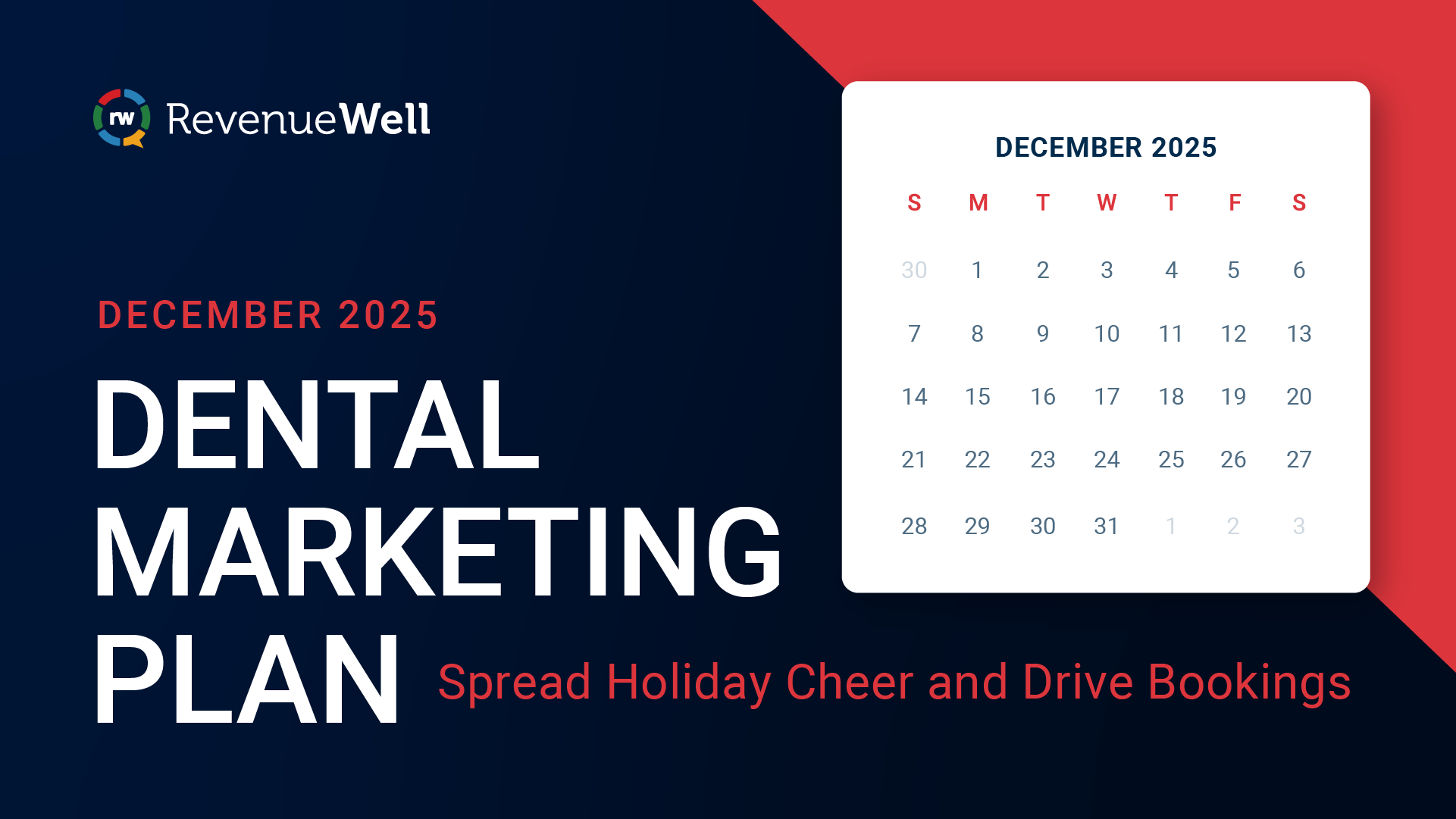Dental SEO – How to Stand out and Grow Your Practice Through Search

According to the ADA Health Policy Institute, there are over 60 dentists per 100,000 people in the U.S. and that number is projected to grow. So standing out online is more important than ever. One of the most effective ways to attract new patients is through search engine optimization (SEO)—a strategy that improves your website’s visibility in search results.
1. Understanding Google’s Search Results
When patients search for “dentist near me”, Google prioritizes results in key sections—and with 77% of patients searching online before choosing a dentist, ranking in these areas is critical.
Here’s how Google displays search results:
- Google Ads: Paid placements based on targeted keywords relevant to dental services.
- Local Pack: A mix of ads and organic listings for nearby dental practices, pulling information from Google Business Profile.
- People Also Ask: Common dental-related questions people search for, often pulled from informative dental websites.
- Organic Search Results: Dental practice websites ranked based on content relevance, quality, and user experience.
A winning strategy combines SEO and digital ads to maximize visibility and attract high-value dental patients.
2. Key On-Page SEO Strategies for Dentists
Your dental website is one of the first places patients go when evaluating a dental practice—and first impressions matter. Nearly 75% of patients turn to online reviews as their first step when searching for a provider, making a well-optimized website essential for attracting new patients.
Here’s how to enhance your site for better visibility and patient engagement:
- Meta Descriptions: Unique, clear, and within search engine character limits to help attract clicks.
- Content Hierarchy: Organize dental services logically (e.g., general dentistry, cosmetic dentistry, orthodontics) to improve navigation and SEO.
- SEO-Friendly URLs: Short, keyword-rich URLs like yourpractice.com/dental-implants rather than generic strings.
- Website Security: Ensure your dental site is HTTPS-secured with an SSL certificate for privacy and ranking benefits.
- Fix Broken Links: Regular audits prevent patient frustration and improve your site’s credibility with Google.
- Mobile Optimization: A mobile-friendly, fast-loading website is essential, as most dental searches happen on smartphones.
- Accessibility: Ensure compliance with WCAG and HIPAA standards so all patients can navigate your site comfortably.
3. Off-Page SEO: Strengthening Your Dental Practice’s Online Presence
Off-page dental SEO reinforces credibility and improves rankings:
- Google Business Profile: Ensure your profile is accurate, complete, and updated with real patient reviews and high-quality images.
- Local Directories: Claim and update profiles on Yelp, Zocdoc, ADA listings, and Healthgrades to enhance your local SEO.
- Patient Reviews: Encourage and respond to patient reviews—Google rewards practices with strong reputations.
- Backlinks: Partner with authoritative dental websites, blogs, or associations to gain high-quality backlinks, which Google views as a trust factor.
4. Content Matters: Providing Value for Patients
Your dental website’s content should educate and engage while improving search rankings:
- Keyword Optimization: Use patient-searched dental terms like “Invisalign near me” or “Emergency dentist.” Focus on keywords that resonate with your patients so you’re getting in front of the ones you want on your schedule.
- Alt Text for Images: Helps Google index dental images, such as before-and-after treatment photos.
- FAQs & Blogs: Address common dental concerns that are relevant to your prospective and current patients. Some examples include “Does teeth whitening hurt?” or “Best teeth whitening options” to boost engagement and search rankings.
- Regular Content Updates: Refresh dental service pages and blog posts quarterly to maintain SEO value. Google prioritizes sites with up-to-date content.
5. Dental SEO Takes Time—Stay Consistent.
SEO is a long game, but it won’t yield instant results. That doesn’t mean it’s not worth the effort though.
Here are some factors that influence rankings:
- Local Competition: Practices in competitive metro areas may take longer to rank.
- Content Quality: Well-researched, patient-focused content boosts credibility and rankings.
- Website Speed & User Experience: Google favors fast-loading, easy-to-navigate dental sites.
Managing dental SEO on your own can be overwhelming, but it doesn’t have to be.
This is an area to consider outsourcing to an agency if attracting more new patients is a priority for your practice. You can partner with a digital marketing agency like RevenueWell that specializes in SEO for dental practices to help you execute and manage this strategy so you can focus on handing the front office.
RevenueWell offers dental-specific digital marketing services, including SEO, to help practices improve search rankings, attract more patients, and maximize online visibility. Our team creates customized strategies tailored to your goals. Schedule a consultation today and let us help your practice grow through SEO!




